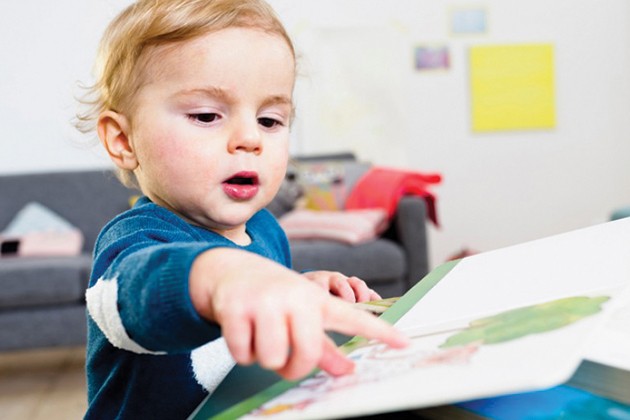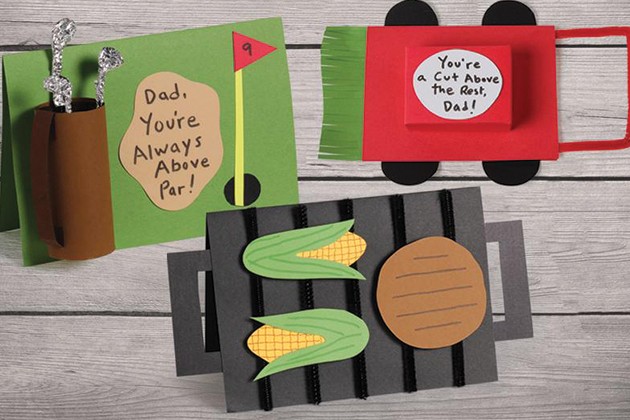The Benefits of Reading Board Books to Babies

There are few things more adorable than a stack of colorful and engaging board books waiting at home for your baby.
But board books are much more than a design accessory.
Ever since the American Academy of Pediatrics advised parents to ban television for children younger than age 2—and more recently encouraged parents to read to their babies from birth—families are seeking to connect with their little ones over books. But what types of books appeal most to babies?
Enter board books, the durable—and less expensive—counterpart to traditional story books. According to experts, intimate moments spent sharing simple board books with a baby help build listening and visual skills that form the basis for independent reading later on.
So what’s the best way to start reading to your baby and keep them interested? Try these tips:
For babies (ages 0–1):
- Think of reading time as cuddle time. Hold baby on your lap and read to out loud. Your infant will associate reading with warm and cozy feelings.
- Look for books that have just a few pages and large, inviting illustrations or photos. This keeps your baby engaged. Babies like looking at faces of people, familiar objects like balls or bottles and especially photos of other babies.
- Use your normal voice. It’s familiar and comforting to your tot.
- Choose books with rhymes and repetition. Babies love the way words sound.
- Point to (and label) pictures—a kitty, a pup, a ball, a flower. Teach your baby that objects have names.
- Encourage exploration. Babies learn by tasting and touching. Be sure to stash a collection of colorful, sturdy and age-appropriate books on your baby’s library shelf and allow them to “play” at will.
For toddlers (ages 1–2):
- Use your finger to point to words as you read them. Demonstrate the process. Move your hand from left to right.
- Add some drama. Help stories come alive by creating voices for all the characters.
- Make it personal. Chat about your own family, pets or friends as you read about similar personalities in a story.
- Boost verbal skills. Ask questions about the pictures, and encourage your toddler to ask you questions, too.
- Say yes to movement. Don't worry if your toddler skips, romps or tumbles as you’re reading. Your toddler may be moving, but the chances are they are listening—so carry on.
Perfect for our earliest readers up to age 5, these board and picture books help foster a lifelong love of reading. Shop our best-selling Find It board books and more read-aloud stories little ones will reach for.









